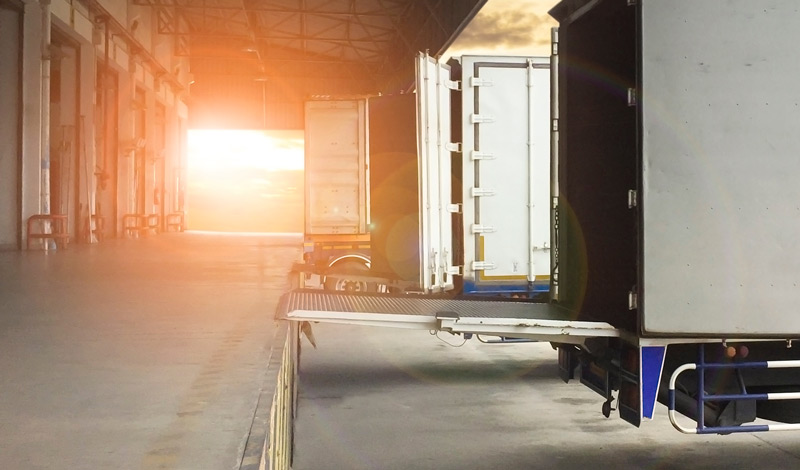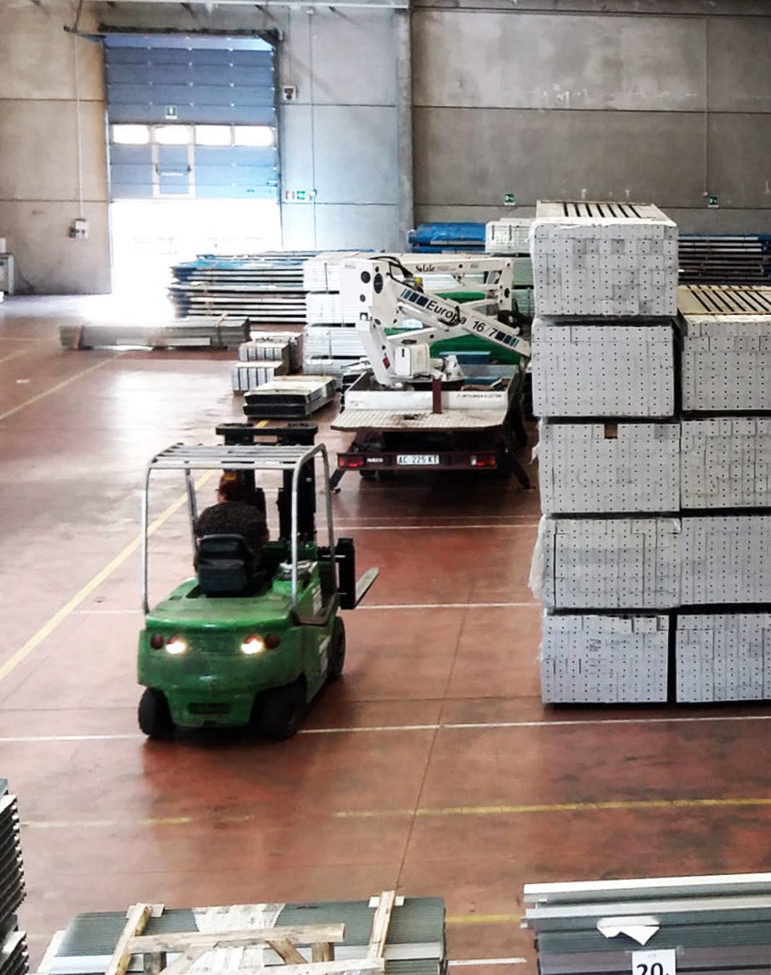#Intermodality
Intermodal transport: what, how, why.
There are different options in the logistics sector when it comes to evaluating how to deliver goods from point A to point B, and they depend on the initiative and vision of each logistics firm. This time we will have a look at intermodality and describe it in detail.
By definition, intermodality means transferring wares thanks to two or more means of transport such as trucks and freight trains, ships or aircrafts.
The goal is to minimize logistics on wheels as much as possible, with the benefit of having a positive impact on the environment and delivery costs while being time-effective.
Although it might seem obvious that intermodality implies higher costs, this is not the case. On the contrary, it does optimize the transportation of heavy loads over long distances, lowering carbon emissions and costs due to the partial use of trucks and motor vehicles.
It is important to note that road logistics is still of the essence in intermodal logistics, both in Italy and abroad, particularly with regard to first and last mile transportation.


Also, intermodality includes the so-called multimodality. The two share the same overall concept (the combination of different means of transportation) but differ when it comes to the service offered and the size of the logistics equipment involved.
Intermodality requires the use of cranes to reposition the loading units such as containers and swap bodies on the appropriate yards, or move them from one vehicle to another. On the other hand, multimodality entails the individual transfer of each item with forklifts or an overhead crane to a warehouse or multiple delivery points.
At Lanzi Trasporti, multimodality is a logistics solution we have chosen to implement for quite a while now, and we employ it to transfer goods from tracks to freight trains and vice versa. To conclude, we also make use of intermodality, and we will tackle it in the next article coming out soon.


